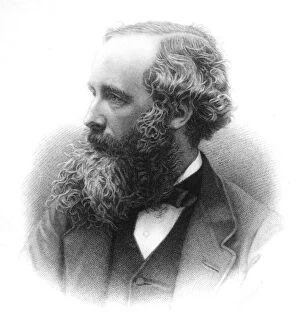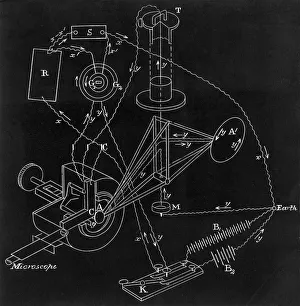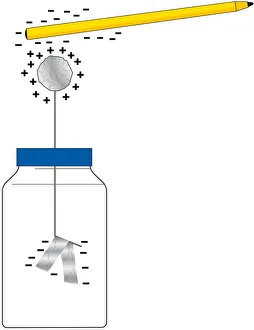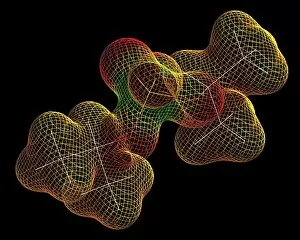Electrostatic Collection
"Unveiling the Electrifying World: From Benjamin Franklin to James Clerk Maxwell" Step into the captivating world of electrostatics
All Professionally Made to Order for Quick Shipping
"Unveiling the Electrifying World: From Benjamin Franklin to James Clerk Maxwell" Step into the captivating world of electrostatics, where scientific curiosity and groundbreaking inventions have illuminated our understanding of electricity. In 1778, the brilliant scientist Benjamin Franklin delved into this enigmatic realm, unraveling its mysteries one experiment at a time. Engraved in history is an awe-inspiring image of a tree split by lightning, reminding us of nature's raw power harnessed through electrostatic forces. It was Francis Hawksbee who first ventured into this domain with his remarkable second machine, paving the way for future discoveries. Jesse Ramsden took electric machines to new heights with his ingenious design in 1735. London witnessed Ramsden's mesmerizing demonstrations in 1766 as he showcased the potential of his creation. The Royal Society conducted their own experiments in 1747, showcasing the wonders that could be achieved through harnessing electrical energy. Electrostatics even extended beyond science laboratories; it offered hope for medical breakthroughs like a cure for tuberculosis depicted vividly in color lithography. Jean Jallabert fearlessly investigated how points and knobs influenced electrical discharges, pushing boundaries further. The Machine Electrique à Plateau de Verre or Ramsden's glass plate machine stands as a testament to human ingenuity captured beautifully in an engraving. Meanwhile, the WIMSHURST MACHINE revolutionized electrostatic generators with its innovative design. James Clerk Maxwell emerged on the scene as a Scottish theoretical physicist whose brilliance knew no bounds. In 1882, he left an indelible mark on history through his profound contributions to electromagnetism and unified theories. Maxwell's comparison apparatus from 1880 showcases his meticulous approach towards understanding electricity and magnetism—an embodiment of relentless pursuit towards knowledge that continues to inspire generations today.
















































